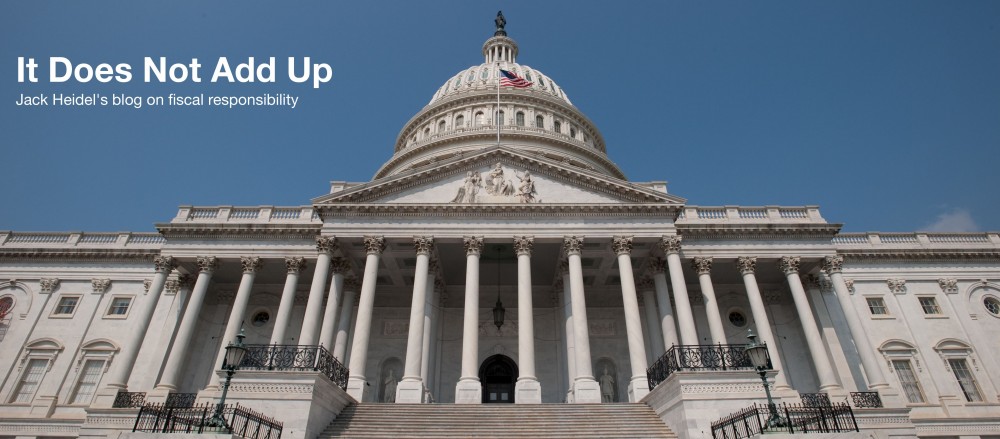“It was a great mistake to push lower-income people into housing they couldn’t afford and couldn’t really handle once they had it. former Congressman Barney Frank, 2010
“Only by understanding the factors that led to and amplified the crisis can we hope to guard against a repetition.”
former Federal Reserve Chair, Ben Bernanke, 2010
As I explained in my last post, my views on the financial crisis are most heavily influenced by John Allison, President of the CATO Institute; Sheila Bair, former Chair of the FDIC; and Peter Wallison, a financial policy analyst at the AEI, as follows:
- The primary cause of the crisis was the affordable housing policy, created by Congress and administered by HUD, under which higher and higher percentages of mortgages acquired by the GSEs Fannie Mae and Freddie Mac had to be made to low and moderate income borrowers. This policy, aided by the very low interest rates maintained by the FED from 2002-2004, created the housing bubble which burst in 2007 leading to an unprecedented number of delinquencies and defaults.
- Subprime lending abuses could have been avoided if the FED had used the authority it had under the Home Ownership Equity Protection Act of 1994 to require appropriate mortgage lending standards. In other words, lax regulation, but not deregulation, was a major contributor to the crisis.
- Investment Banks, such as Bear Stearns and Lehman Brothers, magnified the misallocation of credit to the housing market with financial products such as CDOs and derivatives.
Clearly congressional action was needed to address the financial abuses leading up to the crisis. But the Dodd-Frank Act is an overreaction. It requires 398 new regulations which are taking a big toll on the economy as shown by the chart below from the American Action Forum.
 Dodd-Frank should be scaled back so that its provisions apply only to the very largest financial institutions where the abuses were the greatest. This can be accomplished with capital requirements which increase proportionally with the size of the institution so that smaller banks are better able to compete with the giants.
Dodd-Frank should be scaled back so that its provisions apply only to the very largest financial institutions where the abuses were the greatest. This can be accomplished with capital requirements which increase proportionally with the size of the institution so that smaller banks are better able to compete with the giants.
Faster economic growth is critical for our future. It will not only create more jobs and higher paying jobs but will also alleviate our deficit problem by bringing in more tax revenue. Paring back and streamlining Dodd-Frank would be a big step in the right direction.

